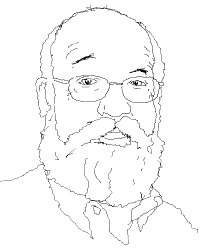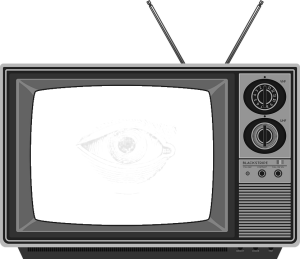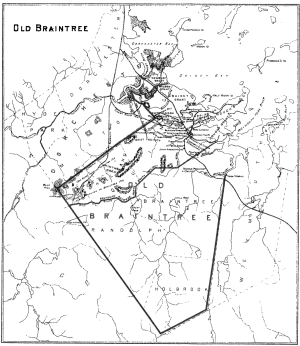
Artificial General Intelligence – human-style consciousness in machines – is unnecessary, says Daniel Dennett, in an interesting piece that makes several unexpected points. His thinking seems to have moved on in certain respects, though I think the underlying optimism about digital cognition is still there.
He starts out by highlighting some dangers that arise even with the non-conscious kinds of AI we have already. Recent developments make it easy to fake very realistic video of recognisable people doing or saying whatever we want. We can imagine, Dennett says ‘… a return to analog film-exposed-to-light, kept in “tamper-proof” systems until shown to juries, etc.’ Well, I think that scenario will remain imaginary. These are not completely new concerns; similar ones go back to the people who in the last century used to say ‘the camera cannot lie’ and were so often proven wrong. Actually the question of whether a piece of evidence is digital or analog is pretty well irrelevant; but its history, whether it could have been interfered with, that bit about tamper-proof containers, has always been a concern and will no doubt remain so in one form or another (I remember the special cassette recorders once used by the authorities to interview suspects, which automatically made a copy for the interviewee and could not erase or rewind the tape).
I think his concerns have a more solid foundation though, when he goes on to say that there is now some danger of people mistaking simple AI for the kind of conscious entity they can trust. People do sometimes seem willing to be convinced rather easily that a machine has a mind of its own. That tendency in itself is also not exactly new, going back to Weizenbaum’s simple chat program ELIZA (as Dennett says); but these days serious discussion is beginning about topics like robot rights and robot morality. No reason why we shouldn’t discuss them – I think we should – but the idea that they are issues of immediate practical concern seems radically premature. Still, I’m not that worried. It’s true that some people will play along with a chatbot in the Loebner contest, or pretend Siri or Alexa is a thinking being, but I think anyone who is even half-serious about it can easily tell the difference. Dennett suggests we might need licensed operators trained to be hard-nosed and unsympathetic to AIs (‘an ugly talent, reeking of racism’ – !!!), but I don’t think it’s going to be that bad.
Dennett emphasises that current AI lacks true agency and calls on the creators of new systems to be more upfront about the fact that their humanising touches are fakery and even ‘false advertising’. I have the impression that Dennett would once have considered agency, as a concept, a little fuzzy round the edges, a matter of explanatory stances and optimality rather than a clear reality whose sharp edges needed to be strongly defended. Years ago he worked with Ray Brooks on Cog, a deliberately humanoid robot they hoped would attain consciousness (it all seemed so easy back then…) and my impression is that the strategy then had a large element of ‘fake it till you make it’. But hey, I wouldn’t criticise Dennett for allowing his outlook to develop in the light of experience.
On to the two main points. Dennett says we don’t need conscious AI because there is plenty of natural human consciousness around; what we need is intelligent tools, somewhat like oracles perhaps (given the history of real oracles that might be a dubious comparison – is there a single example of an oracle that was both clear and helpful? In The Golden Ass there’s a pair of soothsayers who secretly give the same short verse to every client; in the end they’re forced to give up the profitable business, not by being rumbled, but by sheer boredom.)
I would have thought that there were jobs a conscious AI could do for us. Consciousness allows us to reflect on future and imagined contingencies, spot relevant factors from scratch, and rise above the current set of inputs. Those ought to be useful capacities in a lot of routine planning and management (I can’t help thinking they might be assets for self-driving vehicles); yes, humans could do it all, but it’s boring, detailed, and takes too long. I reckon, if there’s a job you’d give a slave, it’s probably right for a robot.
The second main point is that we ought to be wary of trusting conscious AIs because they will be invulnerable. Putting them in jail is meaningless because they live in boxes anyway; they can copy themselves and download backups, so they don’t die; unless we build in some pain function, there are really no sanctions to underpin their morality.
This is interesting because Dennett by and large assumes that future conscious AIs would be entirely digital, made of data; but the points he makes about their immortality and generally Platonic existence implicitly underline how different digital entities are from the one-off reality of human minds. I’ve mentioned this ontological difference before, and it surely provides one good reason to hesitate before assuming that consciousness can be purely digital. We’re not just data, we’re actual historical entities; what exactly that means, whether something to do with Meinongian distinctions between existence and subsistence, or something else entirely, I don’t really think anyone knows, frustrating as that is.
Finally, isn’t it a bit bleak to suggest that we can’t trust entities that aren’t subject to the death penalty, imprisonment, or other punitive sanctions? Aren’t there other grounds for morality? Call me Pollyanna, but I like to think of future conscious AIs proving irrefutably for themselves that virtue is its own reward.



